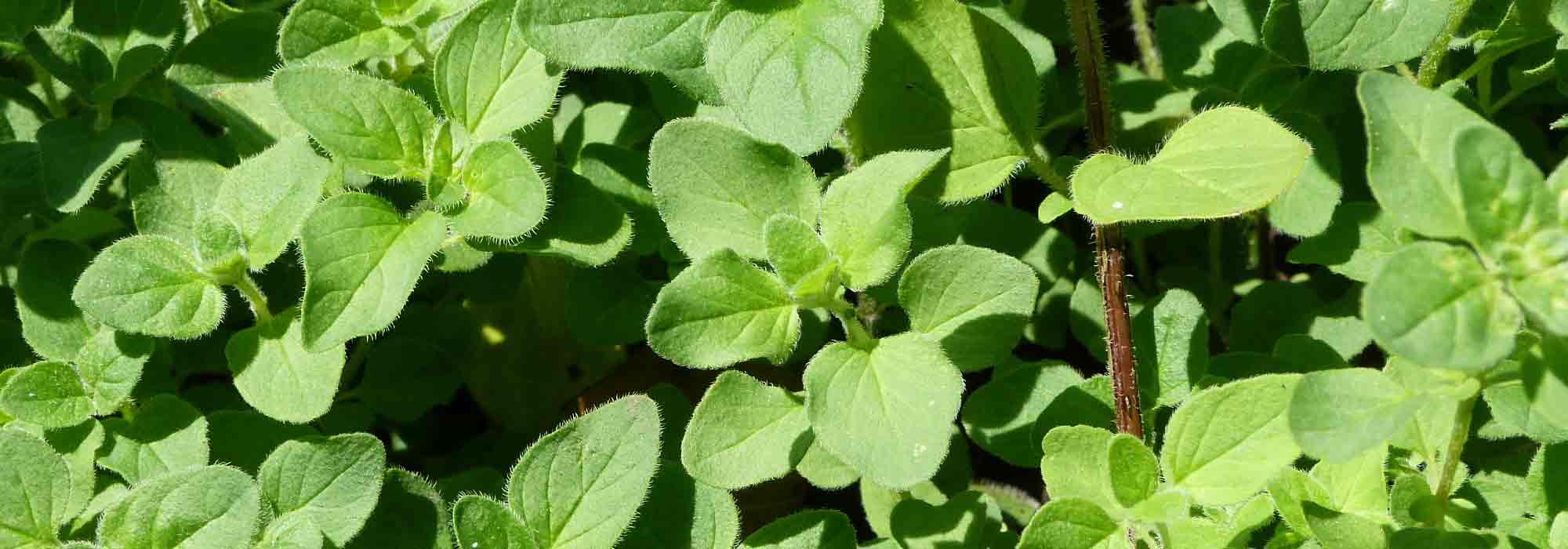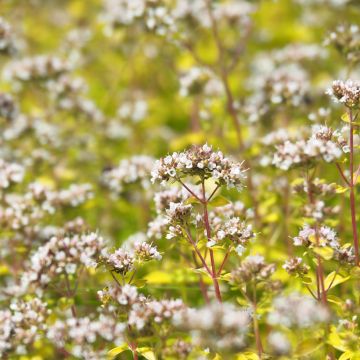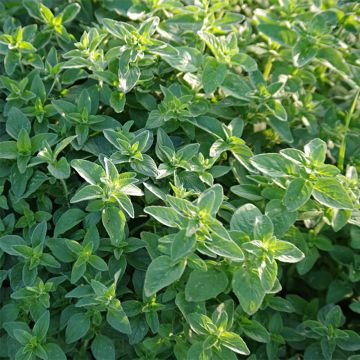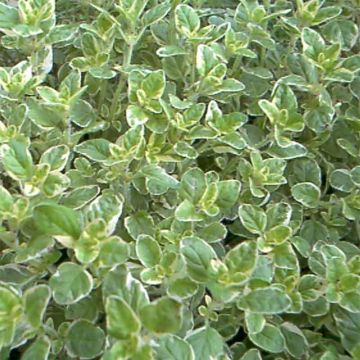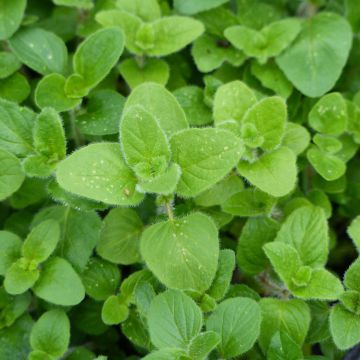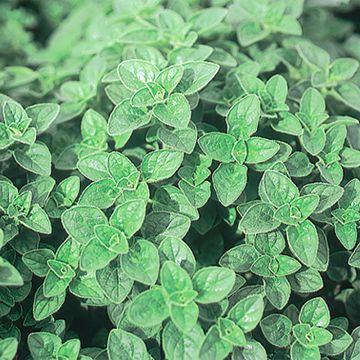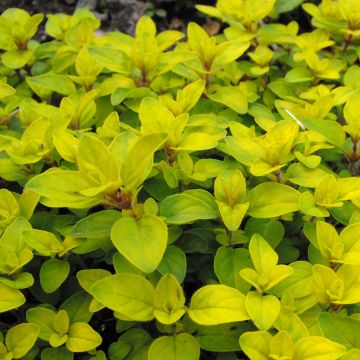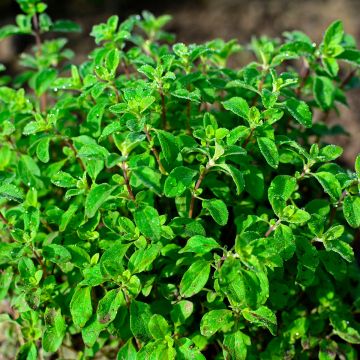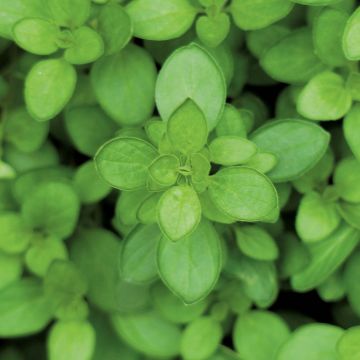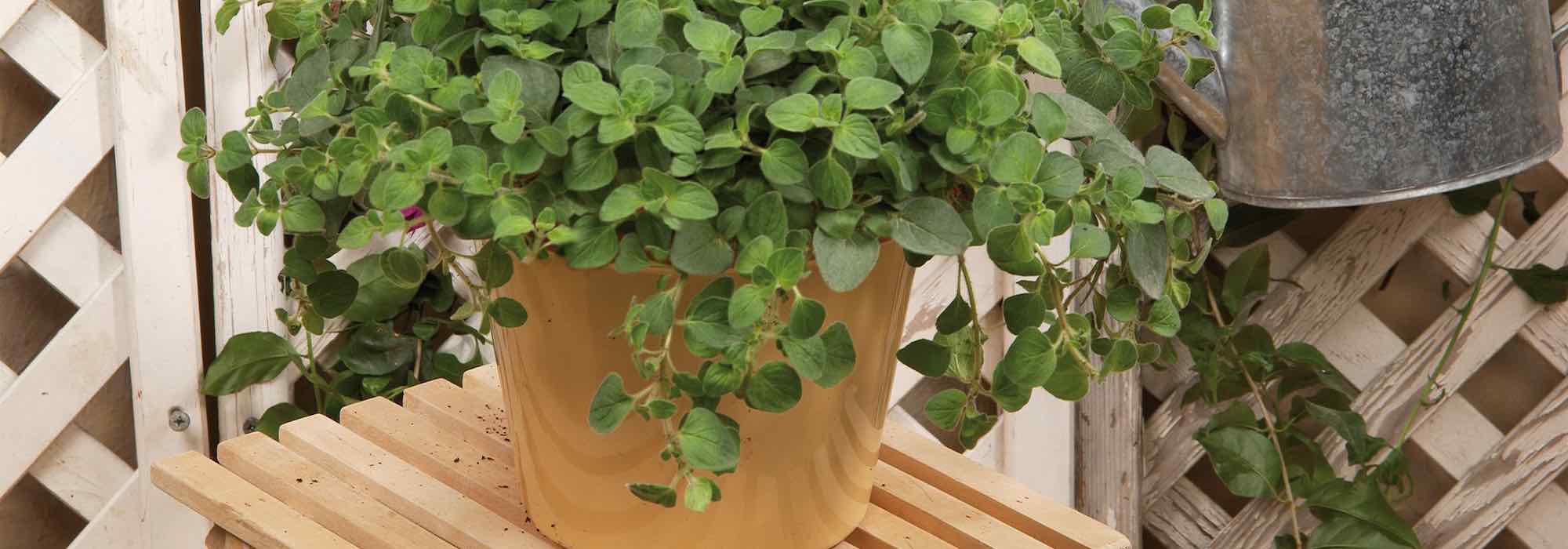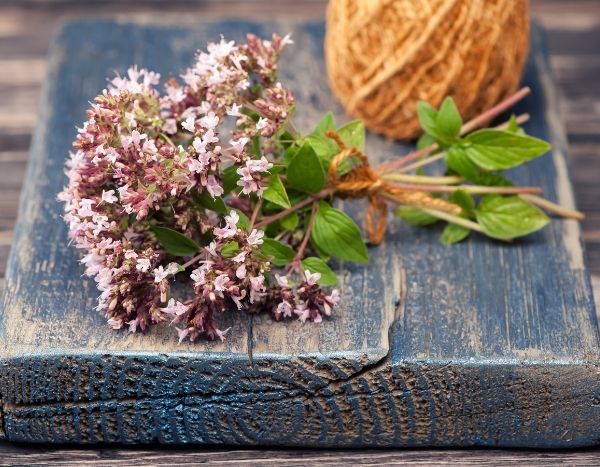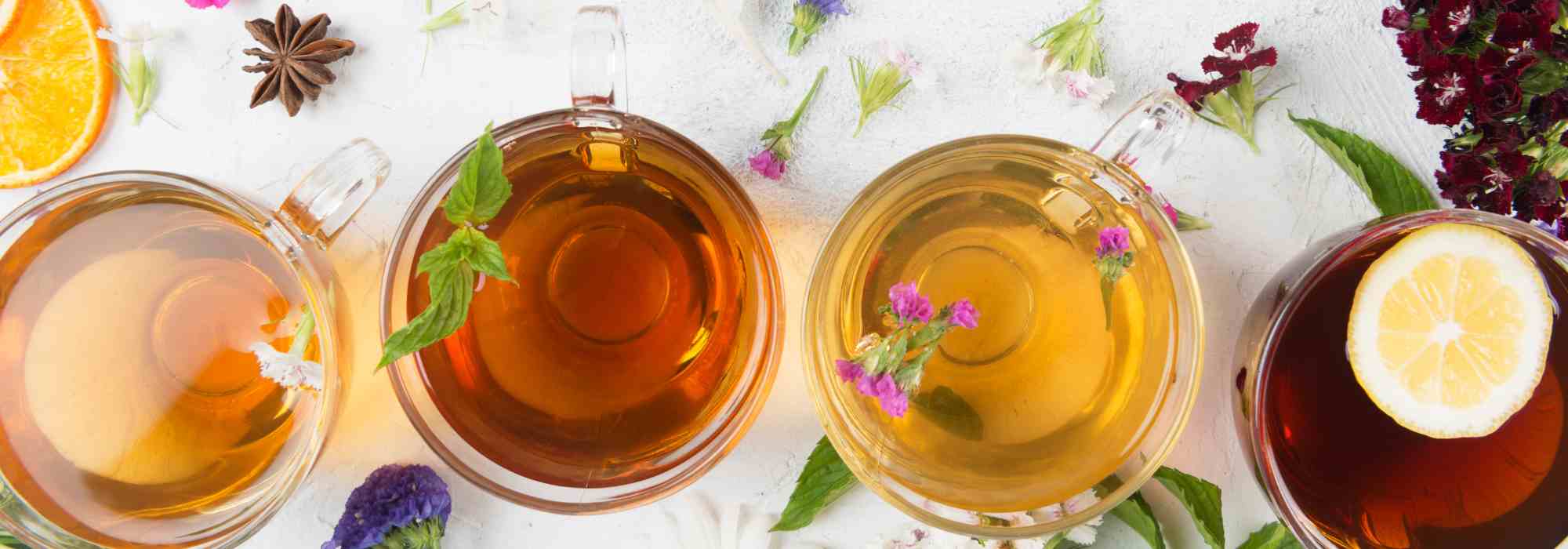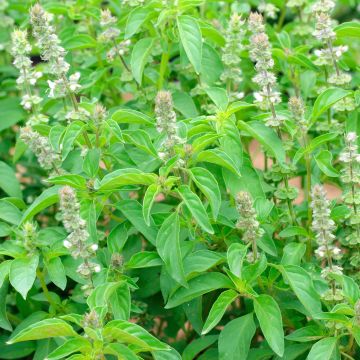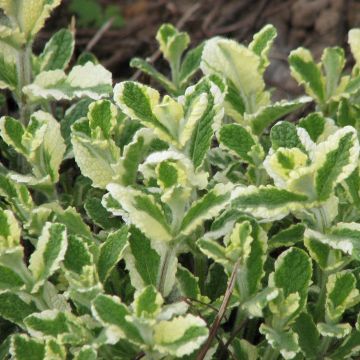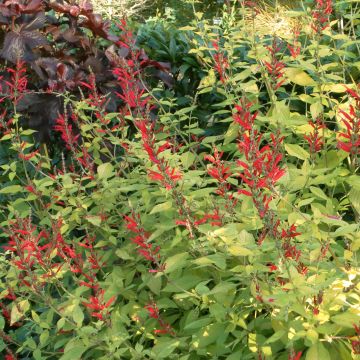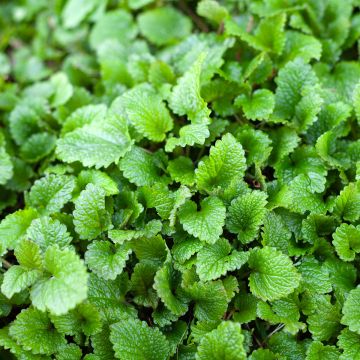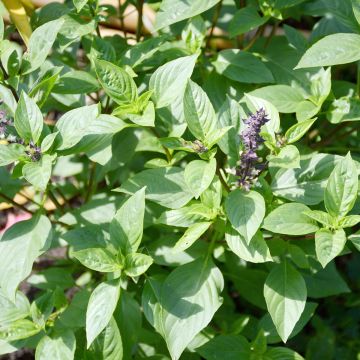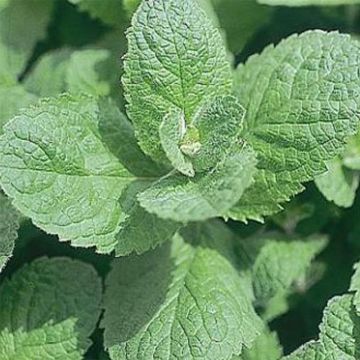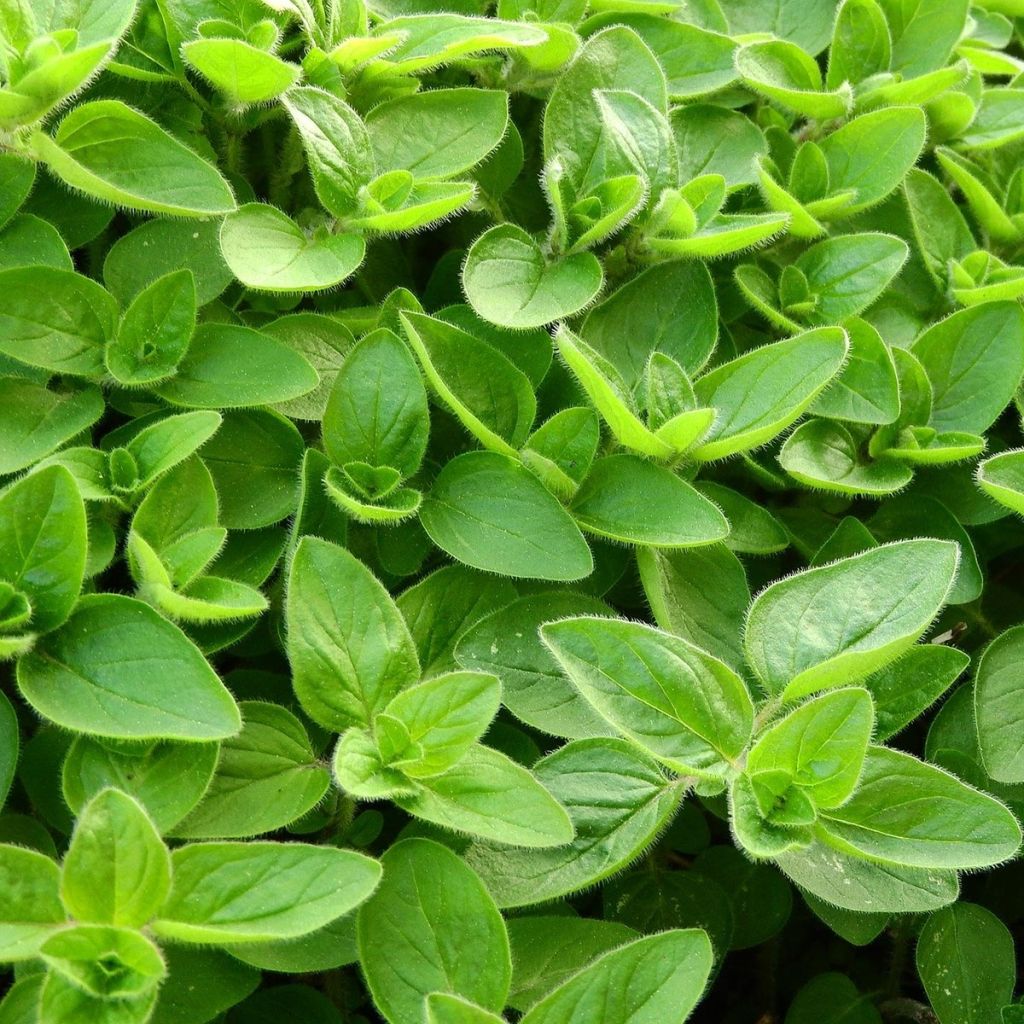

Marjolaine pizza - Origanum majorana en plant
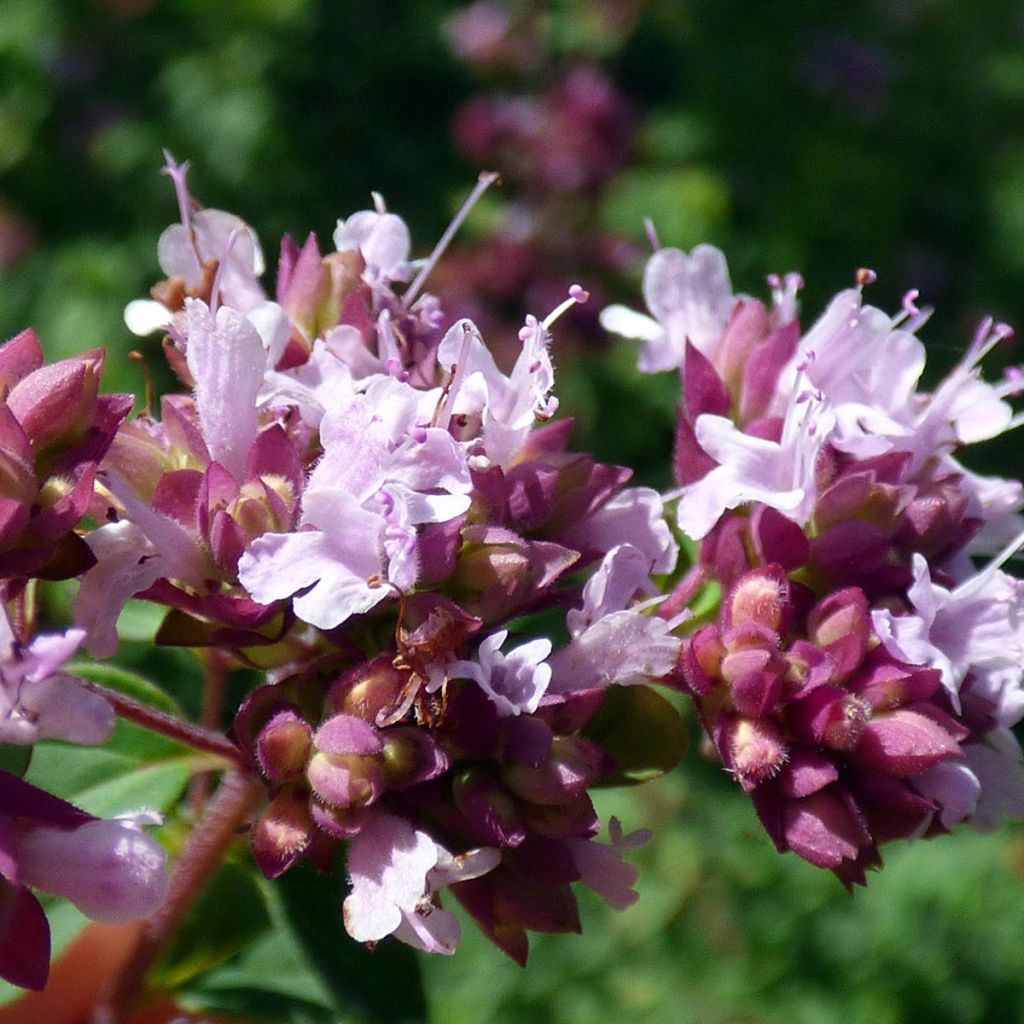

Marjolaine pizza - Origanum majorana en plant
Origanum majorana - Sweet Marjoram
Origanum majorana
Sweet Marjoram, Garden Marjoram, Knotted Marjoram
Beautiful young plant supplied and well rooted.
DCK, 03/05/2023
Special offer!
Receive a €20 voucher for any order over €90 (excluding delivery costs, credit notes, and plastic-free options)!
1- Add your favorite plants to your cart.
2- Once you have reached €90, confirm your order (you can even choose the delivery date!).
3- As soon as your order is shipped, you will receive an email containing your voucher code, valid for 3 months (90 days).
Your voucher is unique and can only be used once, for any order with a minimum value of €20, excluding delivery costs.
Can be combined with other current offers, non-divisible and non-refundable.
Home or relay delivery (depending on size and destination)
Schedule delivery date,
and select date in basket
This plant carries a 6 months recovery warranty
More information
We guarantee the quality of our plants for a full growing cycle, and will replace at our expense any plant that fails to recover under normal climatic and planting conditions.

Description
Origanum majorana should not be confused with oregano (Origanum vulgare), even though these two aromatic species from the Lamiaceae family have common characteristics. It is sometimes called garden oregano, which contributes to the confusion, but also medicinal marjoram, or even shell marjoram. Its small, highly fragrant foliage is used fresh or dried to flavour many culinary specialties. With remarkable medicinal properties, this plant is also used to prepare soothing and purifying herbal teas. Add it at the end of preparation, as prolonged cooking destroys its aromas. Cultivated as an annual plant in cold and humid regions in winter, marjoram is perennial in warm and dry regions, as well as in colder climates if grown in well-drained soils. Plant in spring to harvest from May to November, as needed.
Marjoram is related to many aromatic plants such as thyme, sage, lavender, and rosemary. This perennial plant is not very hardy in damp soil. It grows spontaneously in the regions of the Mediterranean basin (Turkey, Cyprus). It has been cultivated since antiquity throughout Europe. Its tufted habit reaches a height of 50 to 60cm (20 to 24in) and a width of 30 to 40cm (12 to 16in), or even more as it suckers. Its leaves are small, hairy, and dark green-grey in colour. It flowers in summer, in the form of tiny bilabiate corollas in white-mauve. It is popular with bees and can be planted in vegetable gardens or rock gardens. Marjoram tolerates summer drought well but dies in winter in damp and frozen soils. It can be planted in the ground or in pots, in full sun.
In terms of cuisine, marjoram leaves are frequently used in tomato sauces and pizzas. Harvest the leaves before flowering, as they will have a milder and more delicate flavour. They also enhance salads, flavour vinegar and olive oil, or can be consumed as an infusion. It is known for its calming properties, balancing effect on the nervous system, antiseptic, and antispasmodic properties.
Harvesting: Harvest as needed, from May to September. Pick the stems preferably in the morning, when the aroma is most pronounced.
Storage: Fresh leaves can be kept in the refrigerator for several days. They can also be preserved by drying or freezing. For drying, hang wild marjoram stems in bunches, upside down, in the shade, then store the leaves in airtight containers.
Gardener's tip: Prepare an infusion to spray on your plants, using 200g of dried plant or 1kg of fresh plant per 10 litres of rainwater. This "recipe" helps fight sooty mould and repels wood larvae.
Origanum majorana - Sweet Marjoram in pictures
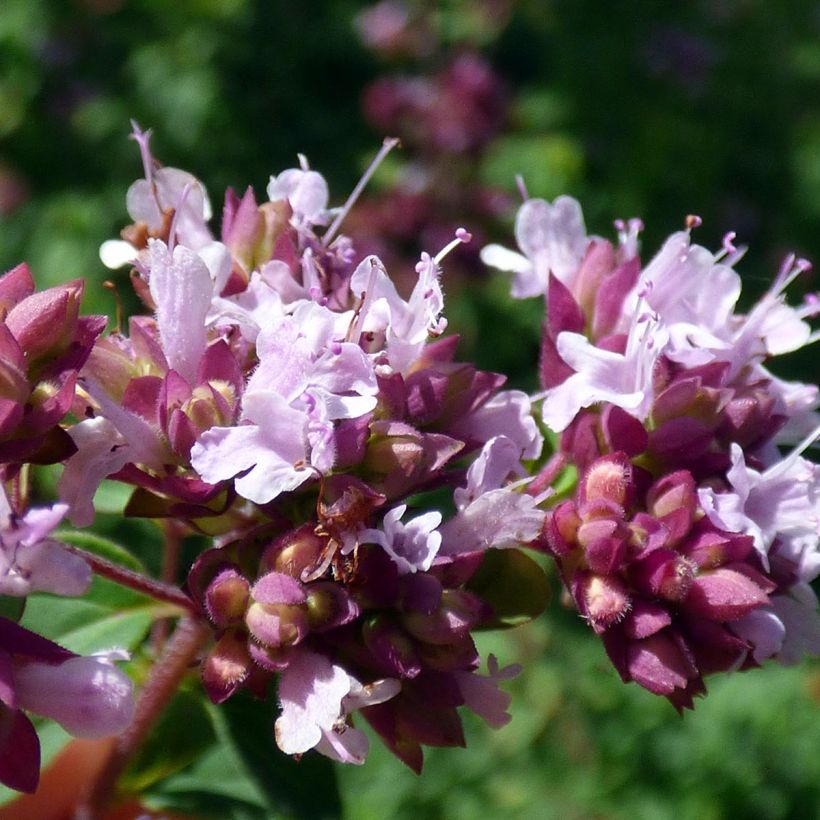

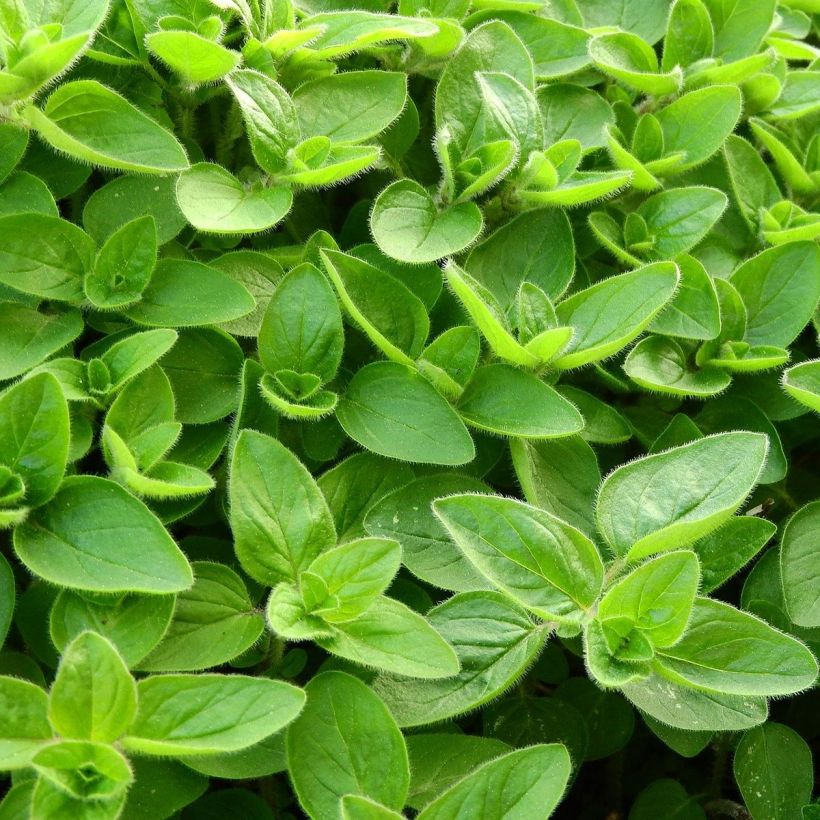

Harvest
Plant habit
Foliage
Other Oregano Marjoram
View all →Planting and care
Marjoram is grown as an annual in cold and humid regions in winter, but it is perennial in warm and dry regions. It prefers well-drained soil and particularly fears the combination of frost and excessive humidity. It is easily grown in pots or in open ground, in full sun, including in limestone soils. Planting is usually done in spring after the last frosts, or in autumn in hot gardens. In open ground, marjoram is very resistant to summer drought. Dry soil will enhance its aromas.
In open ground:
The plants should be spaced 40cm (16in) apart in all directions. If your soil is heavy, add some compost, gravel, and coarse sand. Dig a hole (3 times the volume of the root ball), place the root ball and cover with fine soil. Firmly press down and water.
In pots: Place a layer of gravel at the bottom of the pot to facilitate drainage. Fill it with a mixture of compost and sand, place the root ball and cover with soil. Water regularly, without allowing water to accumulate in the saucer.
In cold regions, keep some seeds to sow in a warm place at the end of winter. Plant the seedlings after the last frosts.
Cultivation
Care
Intended location
Planting & care advice
-
, onOrder confirmed
Reply from on Promesse de fleurs
Similar products
Haven't found what you were looking for?
Hardiness is the lowest winter temperature a plant can endure without suffering serious damage or even dying. However, hardiness is affected by location (a sheltered area, such as a patio), protection (winter cover) and soil type (hardiness is improved by well-drained soil).

Photo Sharing Terms & Conditions
In order to encourage gardeners to interact and share their experiences, Promesse de fleurs offers various media enabling content to be uploaded onto its Site - in particular via the ‘Photo sharing’ module.
The User agrees to refrain from:
- Posting any content that is illegal, prejudicial, insulting, racist, inciteful to hatred, revisionist, contrary to public decency, that infringes on privacy or on the privacy rights of third parties, in particular the publicity rights of persons and goods, intellectual property rights, or the right to privacy.
- Submitting content on behalf of a third party;
- Impersonate the identity of a third party and/or publish any personal information about a third party;
In general, the User undertakes to refrain from any unethical behaviour.
All Content (in particular text, comments, files, images, photos, videos, creative works, etc.), which may be subject to property or intellectual property rights, image or other private rights, shall remain the property of the User, subject to the limited rights granted by the terms of the licence granted by Promesse de fleurs as stated below. Users are at liberty to publish or not to publish such Content on the Site, notably via the ‘Photo Sharing’ facility, and accept that this Content shall be made public and freely accessible, notably on the Internet.
Users further acknowledge, undertake to have ,and guarantee that they hold all necessary rights and permissions to publish such material on the Site, in particular with regard to the legislation in force pertaining to any privacy, property, intellectual property, image, or contractual rights, or rights of any other nature. By publishing such Content on the Site, Users acknowledge accepting full liability as publishers of the Content within the meaning of the law, and grant Promesse de fleurs, free of charge, an inclusive, worldwide licence for the said Content for the entire duration of its publication, including all reproduction, representation, up/downloading, displaying, performing, transmission, and storage rights.
Users also grant permission for their name to be linked to the Content and accept that this link may not always be made available.
By engaging in posting material, Users consent to their Content becoming automatically accessible on the Internet, in particular on other sites and/or blogs and/or web pages of the Promesse de fleurs site, including in particular social pages and the Promesse de fleurs catalogue.
Users may secure the removal of entrusted content free of charge by issuing a simple request via our contact form.
The flowering period indicated on our website applies to countries and regions located in USDA zone 8 (France, the United Kingdom, Ireland, the Netherlands, etc.)
It will vary according to where you live:
- In zones 9 to 10 (Italy, Spain, Greece, etc.), flowering will occur about 2 to 4 weeks earlier.
- In zones 6 to 7 (Germany, Poland, Slovenia, and lower mountainous regions), flowering will be delayed by 2 to 3 weeks.
- In zone 5 (Central Europe, Scandinavia), blooming will be delayed by 3 to 5 weeks.
In temperate climates, pruning of spring-flowering shrubs (forsythia, spireas, etc.) should be done just after flowering.
Pruning of summer-flowering shrubs (Indian Lilac, Perovskia, etc.) can be done in winter or spring.
In cold regions as well as with frost-sensitive plants, avoid pruning too early when severe frosts may still occur.
The planting period indicated on our website applies to countries and regions located in USDA zone 8 (France, United Kingdom, Ireland, Netherlands).
It will vary according to where you live:
- In Mediterranean zones (Marseille, Madrid, Milan, etc.), autumn and winter are the best planting periods.
- In continental zones (Strasbourg, Munich, Vienna, etc.), delay planting by 2 to 3 weeks in spring and bring it forward by 2 to 4 weeks in autumn.
- In mountainous regions (the Alps, Pyrenees, Carpathians, etc.), it is best to plant in late spring (May-June) or late summer (August-September).
The harvesting period indicated on our website applies to countries and regions in USDA zone 8 (France, England, Ireland, the Netherlands).
In colder areas (Scandinavia, Poland, Austria...) fruit and vegetable harvests are likely to be delayed by 3-4 weeks.
In warmer areas (Italy, Spain, Greece, etc.), harvesting will probably take place earlier, depending on weather conditions.
The sowing periods indicated on our website apply to countries and regions within USDA Zone 8 (France, UK, Ireland, Netherlands).
In colder areas (Scandinavia, Poland, Austria...), delay any outdoor sowing by 3-4 weeks, or sow under glass.
In warmer climes (Italy, Spain, Greece, etc.), bring outdoor sowing forward by a few weeks.






























